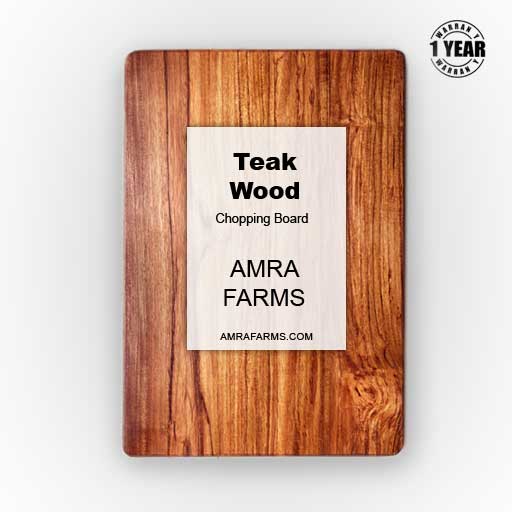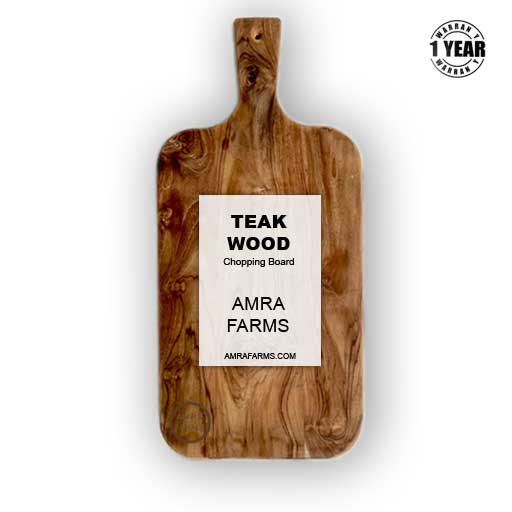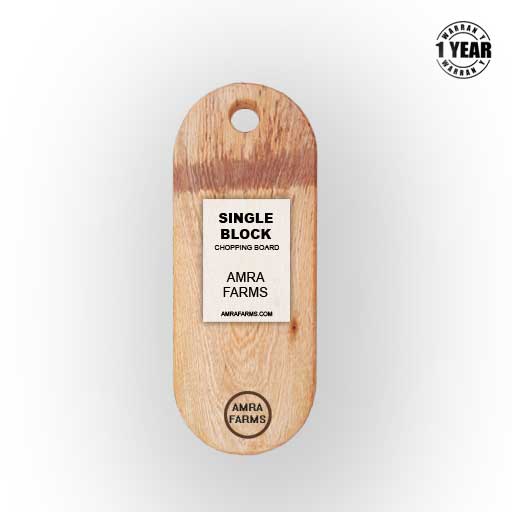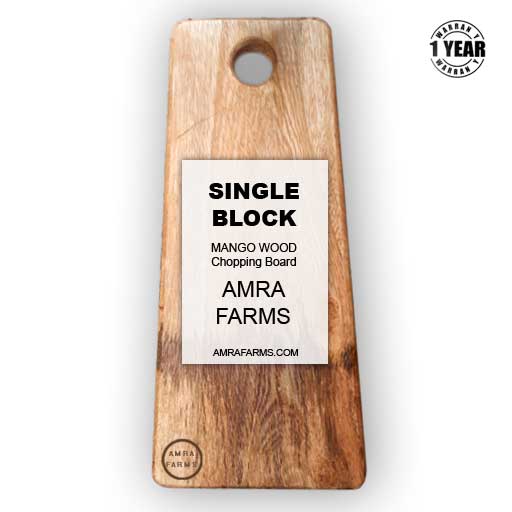Your cart is currently empty!
What types of Oils are safe to use on your cutting board
Wooden cutting board oiling goes under a lot of debate. When to oil your board, how to oil it, and what oil to use are common discussions. To safely maintain and extend the lifespan of your wooden chopping board, oil your board with food-safe mineral oil or coconut oil that is resistant to rancidity. The oil should not leave any aftertaste or smell on the board and should improve the quality of the board. Some of the most common oils that are perfect for a cutting board are below.
- Food Safe Mineral oil: Mineral oil is derived from petroleum. It is food safe. Mineral oil is chemically inert and does not react with other substances, making it resistant to rancidity. It is insoluble in water. Used in medicinal, cosmetic applications, industrial applications, and cutting board surfaces to protect wooden surfaces, mineral oil is safe but could interfere with fat-soluble vitamins if ingested regularly. Though widely used in treating cutting boards, mineral oil is not the safest option in the market.
- Fractionated Coconut oil: The refined version of a coconut oil that does not go rancid. This is the safest option in the Indian market, which is widely available. Fractionated coconut oil is the oil which can be in liquid form even in slightly lower temperatures. When coconut oil is stored below 23 degrees Celsius, it turns slightly solidified. Fractionated coconut oil is refined to separate the oil based on its melting points which has a different chemical composition. Fractionated coconut oil has more long-chain fatty acids, while the regular coconut oil is a combination of both medium-chain and long-chain fatty acids.
- Beeswax: Beeswax is usually blended with mineral oil to add hydration and water resistance to a cutting board. It provides a natural shine and protection to the board. Beeswax is a natural product which is the byproduct after extracting honey from a beehive. Beeswax is available online and in any bee farms and it’s a safe product. You can use it separately but the best results are seen when they are blended with mineral oil.
- Linseed oil: Linseed oil is the extract from linseeds or flax seeds. Flax seed is widely consumed and has a lot of nutritional benefits. The oil is safe for consumption. Linseed oil can turn rancid. Avoid boiled linseed oil as they are toxic. Use only cold-pressed linseed oil to reduce the chances of rancidity.
Staff picks
Oils you should avoid
Staff picks
Top rated products
Single Block Premium Mango Wood Chopping Board With Juice Grooves Large
Original price was: ₹1,999.00.₹949.00Current price is: ₹949.00.Teak Wood Cutting Board – 40cm x 30 cm x 2 cm : 100% Teak Solid Hardwood Vegetable Cutting Board
Original price was: ₹2,599.00.₹1,351.48Current price is: ₹1,351.48.Elegant Teak Wood Cheese Board – Premium Serving Tray for Cheese & Crackers
Original price was: ₹2,999.00.₹1,999.00Current price is: ₹1,999.00.Mini Oval Mango Wood Cutting Board with Handle | Premium Single-Block Chopper Board | Rustic Natural Finish
Original price was: ₹999.00.₹699.00Current price is: ₹699.00.Teak Wood Butcher Board : Single Block
₹4,999.00
Not all oils are the same. Regular vegetable oils which are used for cooking vary in their composition and could turn rancid. Using them on a cutting board may bring in the texture and protection to the board but would turn rancid, contaminating the food you consume and leaving a bad aftertaste in them. Some of the oils to avoid include:
- Olive oil
- Canola oil
- Sunflower oil
- Cottonseed oil
- Sesame oil
When considering oils, also check for allergic reactions. Some nut oil like walnut oil are safe to use on cutting boards but could cause problems to people with nut allergies. In general, coconut oil is safe for consumption and is usually not allergic to people. Avoid regular coconut oil though, as it may cause rancidity.
How often should I oil my cutting board
A wooden cutting board requires regular oiling, but how do you know when to oil your board? Is there a regular routine? Wooden boards vary on maintenance. Teak wood is rich in natural oils and requires lesser maintenance. You could oil the board once in 45 days or even 2 months and still have a perfectly functional, beautiful-looking board. Mango wood is slightly more maintenance-intensive, and it is important to watch out for dryness in the board and oil them when it feels dry. Usually, this could be once in 2 weeks and in some cases once a month. But here are some easy tips on when to oil your cutting board:
- New cutting boards: Oil your cutting board every week for a month if your board is new. This helps the wood become saturated and protected. Oil increases water resistance and humidity resistance. This is very important for tropical areas where humidity is high. After a month, you should oil the boards once a month in most cases.
- Regular maintenance: Once your board is well seasoned for a month, oil them monthly. Fix a date or a day (first weekend of the month) and oil the board thoroughly late in the evening and let the oil absorb for the night. Wipe it clean the next morning before use. If you do not use the board regularly, you can season them once in 2–3 months.
- Signs your board needs oiling: We all use the boards differently and maintain them differently. Your wooden cutting boards may become dry rapidly when you use dishwasher or liquid soap depending on the concentration. Watch for dry or pale appearance, rough texture. When you feel that the board is dry, it is time to oil your boards. It may be in weeks or 2 weeks, but when it’s dry, it is an indication to oil your boards. Also, if you see water absorbing on the surface instead of beading on the surface, you should consider oiling, especially in woods like mango and bamboo.
Tips For Effective Oiling
Before oiling your board, clean the board thoroughly. Scrape all food particles, wash with lukewarm water and mild soap. Dry with a towel and air dry thoroughly and ensure there is no moisture. Do not dry the board in the sun. Once the board is dry, apply oil thoroughly. Massage the board surface and sides. Let the oil soak in. Leave the board overnight to ensure the oil is absorbed thoroughly. Wipe dry with a clean cloth the next morning and rinse with water. If you are in a humid area, you may need to oil your boards more frequently to avoid mould. Mould is common in bamboo and wood that are more porous. Teak wood and hardwood often resist mould.
Can I use Coconut oil on all types of cutting boards
The simple answer is yes. You can use fractionated coconut oil on all wooden boards. Coconut oil is naturally antibacterial and food-safe, making it an ideal oil for wooden and bamboo cutting boards. Beware though, unrefined coconut oil has the tendency to go rancid. If you use regular coconut oil, ensure it is applied sparingly and cleaned off properly after seasoning. Use a dry cloth to thoroughly wipe off all excess oil. After application of regular coconut oil, rinse with mild soap water. Do not use coconut oil on plastic boards.
Why oil your boards
Wooden boards have their own natural oil content. Teak wood is a great example with rich teak oil content which is antibacterial. Oil in wood helps repel pests naturally and also maintain its lustre and beauty. It makes the wood water-resistant, rot-resistant, and durable. Oil content in each wood is different, and some have higher oil content than others. With regular use, the depletion of natural oils is imminent. To ensure a balance in the oil content, it needs to be supplemented. Mineral oil and coconut oil application creates a balance, reduces loss of oil content, and maintains its moisture level, ensuring the wood remains intact for a longer period of time without warping and cracking.
Categories
Recent Posts
- How to Fix Scratches and Scuff Marks on Your Wooden Cutting Board
- How to Use a Large Wooden Cutting Board for Meal Prep and Entertaining
- The Pros and Cons of Having a Juice Groove in Your Cutting Board
- Messy Counters After Cutting Veggies? Here’s How to Keep It Clean and Easy
- Health Benefits of Using a Teak Wood Chopping Board
Best selling products
Single Block Premium Mango Wood Chopping Board With Juice Grooves Large
Original price was: ₹1,999.00.₹949.00Current price is: ₹949.00.Mini Oval Mango Wood Cutting Board with Handle | Premium Single-Block Chopper Board | Rustic Natural Finish
Original price was: ₹999.00.₹699.00Current price is: ₹699.00.Mango Wood Tray Platter Small : Oval Mango Wood Cutting & Serving Board with Dual Handles | 15″ x 8 “x 1” |Handcrafted Single Wood Block | Natural Rustic Finish
Original price was: ₹999.00.₹749.00Current price is: ₹749.00.Rectangular Mango Wood Cutting Board with Cut-Out Handle | Handcrafted from a Single Block | 8″ x 15″ x 1″ | Small Chopping Board
Original price was: ₹999.00.₹799.00Current price is: ₹799.00.







